More about Horace Pippin
- All
- Info
- Shop
Works by Horace Pippin

Contributor
When he was only fifteen, young Horace Pippin dropped out of school.
His mom was very ill, so he had to do everything he could to support his family. In the meantime, he used the crayons he won at a local contest to draw racehorses and jockeys from the nearby racetrack. Horace would continue to work really hard for his mom, until WWI broke out. He served in the 369th infantry, which was the first all-black regiment. Previously, any men of color who wanted to serve in the war had to enlist in the French or Canadian armies. The guys dubbed themselves “Men of Bronze," but they were more likely made out of gold. The French named them the Harlem Hellfighters, apparently because they were super tough. They never lost a man to capture, lost a trench or even a foot of ground to the enemy.
“It was WWI that brought out the art in me," Horace once said. Apparently, he found waiting for the sunset while suffering in the trenches very inspiring. He kept an illustrated journal and after the war he painted from these memories. But, like for many people, WWI didn't end well for Horace. While trying to dodge bullets from a German sniper, he dove into a hole. He didn’t do too well on the dodging part though, because one of the bullets hit him in the right shoulder. Every time he tried to climb out of the hole, the sniper would fire again. Horace remembered that at one point he saw a French soldier looking down into the hole. But a few seconds later, the poor guy was shot and BAM! landed on top of him. The German sniper had enough of it and left, but Horace didn't get rescued until the next day. Surgeons eventually managed to sew his shattered shoulder back on to his upper arm, but after that he was never able to lift his right hand above his shoulder. And was pretty traumatized emotionally, as you can imagine.
Back home he used drawing as therapy, not just to battle his depression, but also to train his arm. The thing is, he was a right-y, but he also got shot in the right arm. That’s why he had to use his left hand as support while painting. He loved painting, but it was obviously very painful for him. It took him days to finish one painting. That might be the reason most of his works are small. At first, he would paint scenes from his war journal, but later on his paintings got more political. They dealt with every day African-American life, but were most of all critical of how poorly African-Americans were treated after they returned home from war. He “only” made 140 paintings throughout his career, but most of them can be found in the famous museums like SFMOMA, the Philadelphia Museum of Art and the Baltimore Museum of Art. He was the first African-American self-taught painter whose works achieved national attention!
If you ever find yourself in West Chester, Pennsylvania (highly unlikely, but hey, who knows) visit 327 Gay St. This is Horace’s old house and also a Pennsylvania State historical Marker.
Featured Content
Here is what Wikipedia says about Horace Pippin
Horace Pippin (February 22, 1888 – July 6, 1946) was a self-taught American artist who painted a range of themes, including scenes inspired by his service in World War I, landscapes, portraits, and biblical subjects. Some of his best-known works address the U.S.'s history of slavery and racial segregation. He was the first Black artist to be the subject of a monograph, Selden Rodman's Horace Pippin, A Negro Painter in America (1947), and the New York Times eulogized him as the "most important Negro painter" in American history. He is buried at Chestnut Grove Cemetery Annex in West Goshen Township, Pennsylvania. A Pennsylvania State historical Marker at 327 Gay Street, West Chester, Pennsylvania, identifies his home at the time of his death and commemorates his accomplishments.
Check out the full Wikipedia article about Horace Pippin

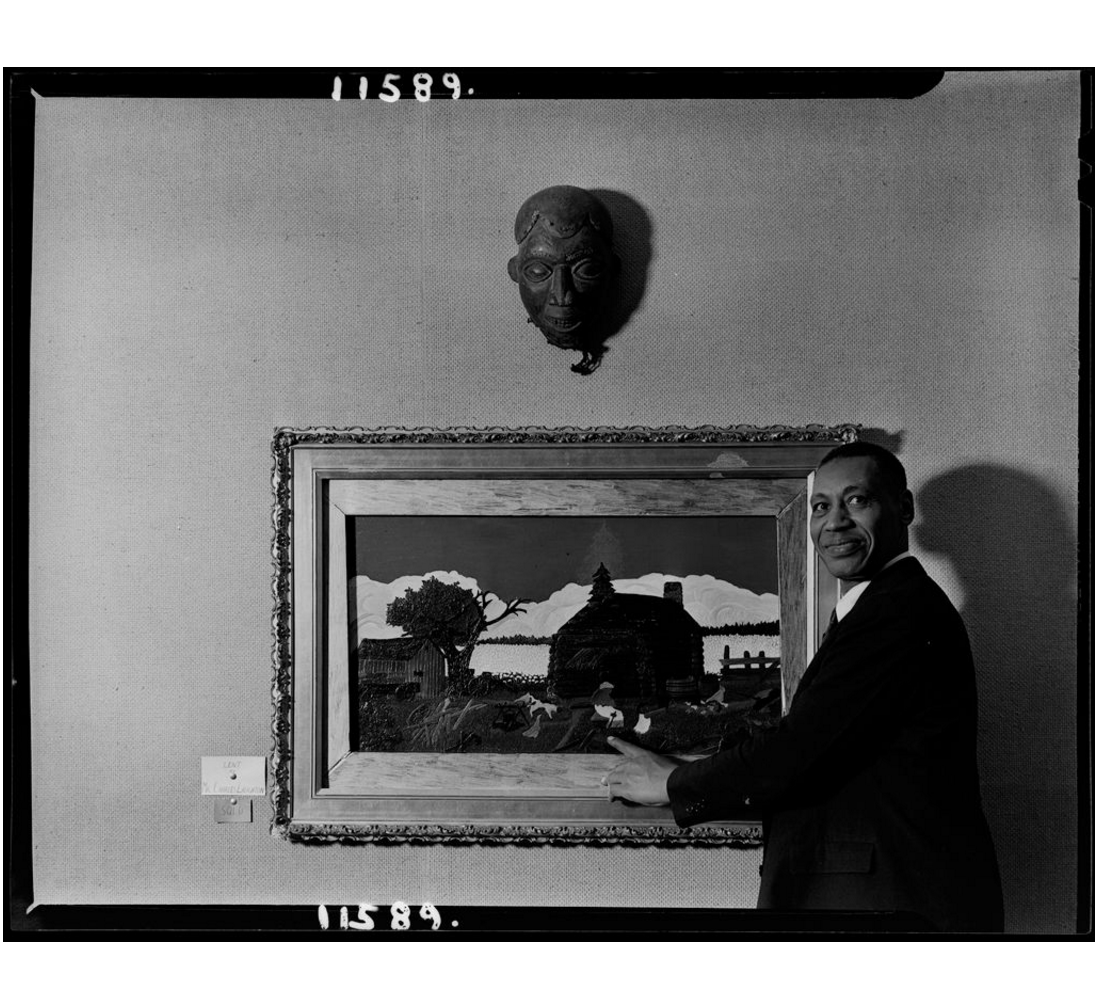
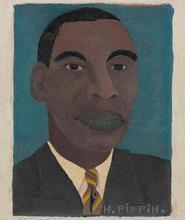
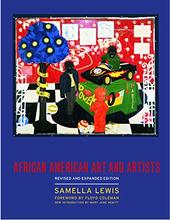
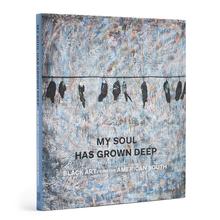
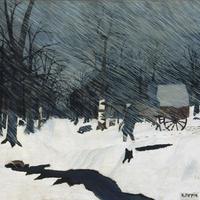
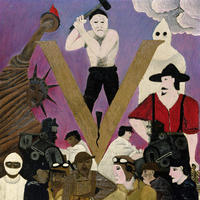









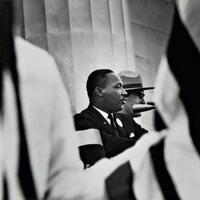
Love this story. Adversity followed by cool art. Also the part about his regiment...